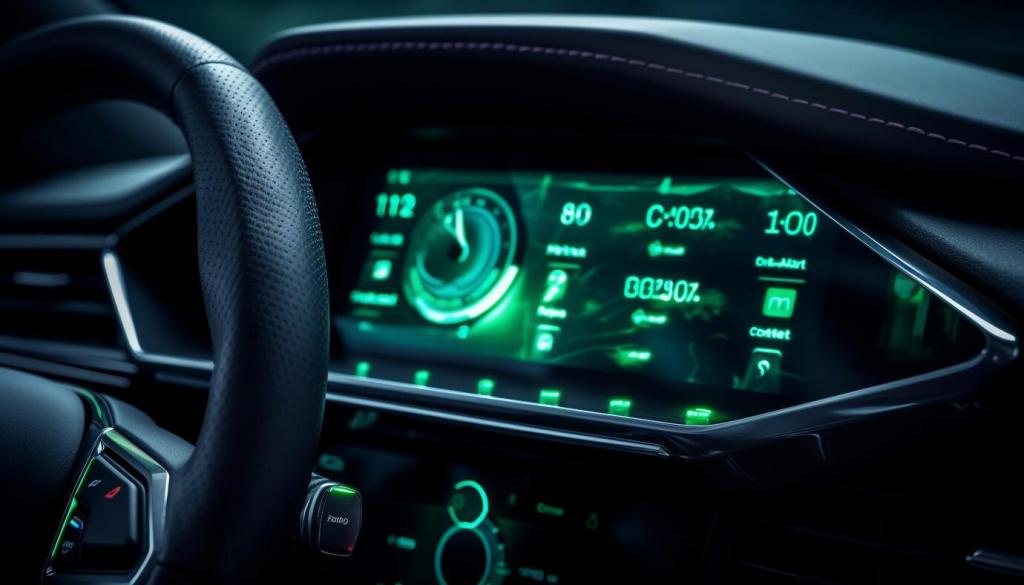Impact of 5G on Vehicle Connectivity and Safety
The emergence of 5G technology is revolutionizing numerous industries, but its most transformative potential can be seen within the automotive sector. As the world shifts toward connected, autonomous, and smarter vehicles, the integration of 5G paves the way for enhanced communication, faster data transfer, and heightened safety features. The evolution from current wireless standards to 5G not only promises improved vehicle-to-everything (V2X) connectivity but also unlocks new possibilities for road safety, traffic management, and user experience. This page explores how 5G is reshaping the landscape of vehicle connectivity and safety, providing a closer look at the technological, practical, and societal implications of this next-generation wireless innovation.
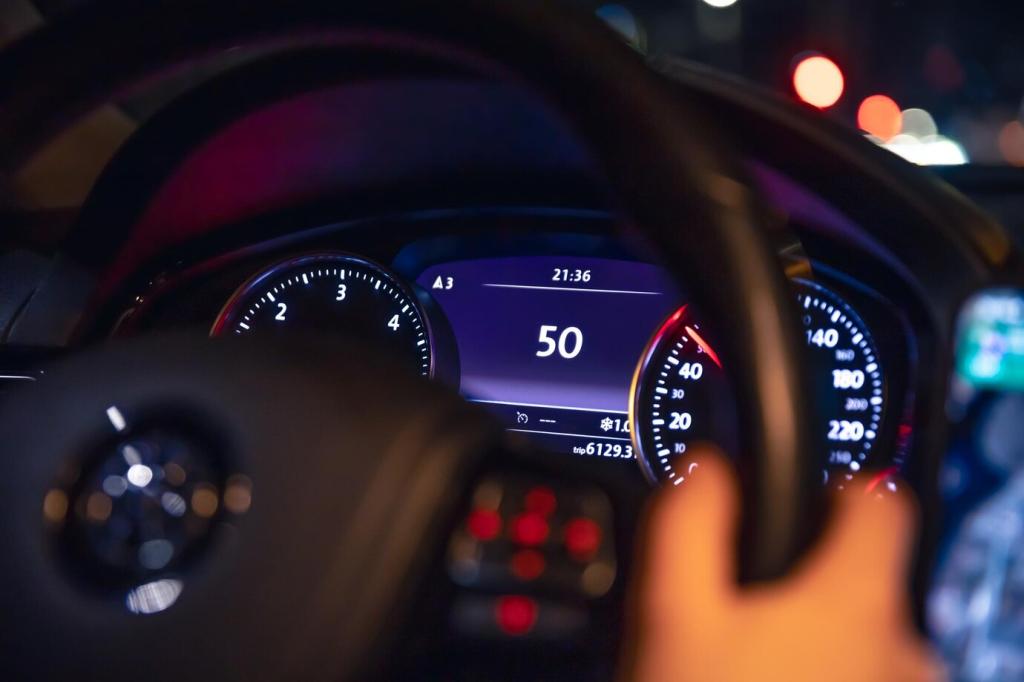
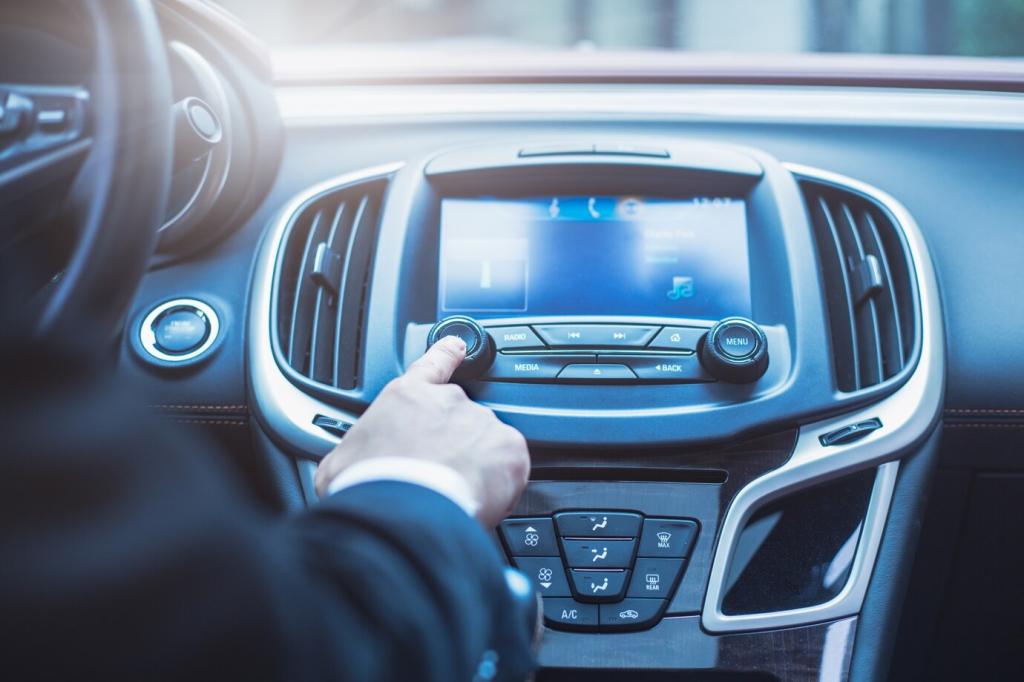
Real-Time Vehicle-to-Vehicle Communication

Integration with Urban Infrastructure

Enabling Advanced Vehicle-to-Everything Ecosystems
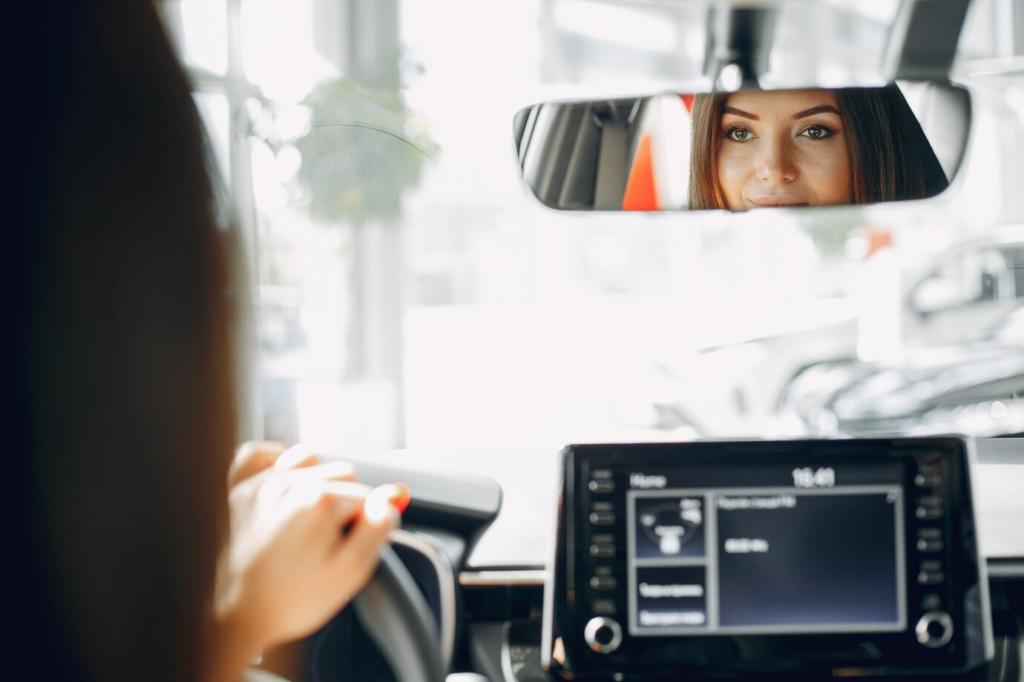
Collision Avoidance and Prevention

Improved Emergency Response
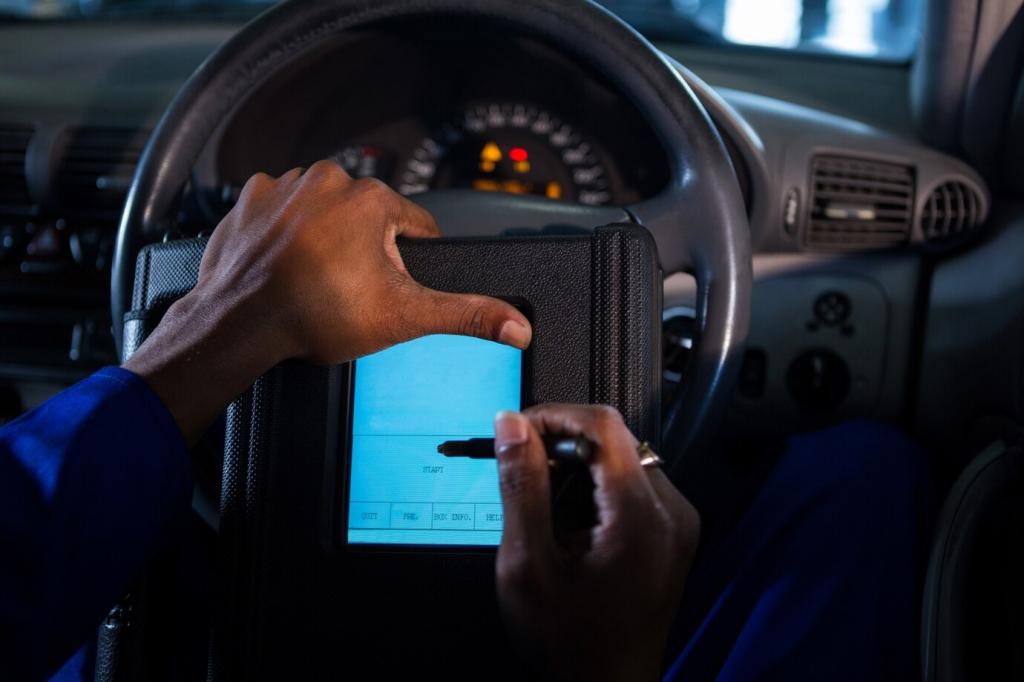
Pedestrian and Cyclist Protection
Empowering Autonomous and Assisted Driving
